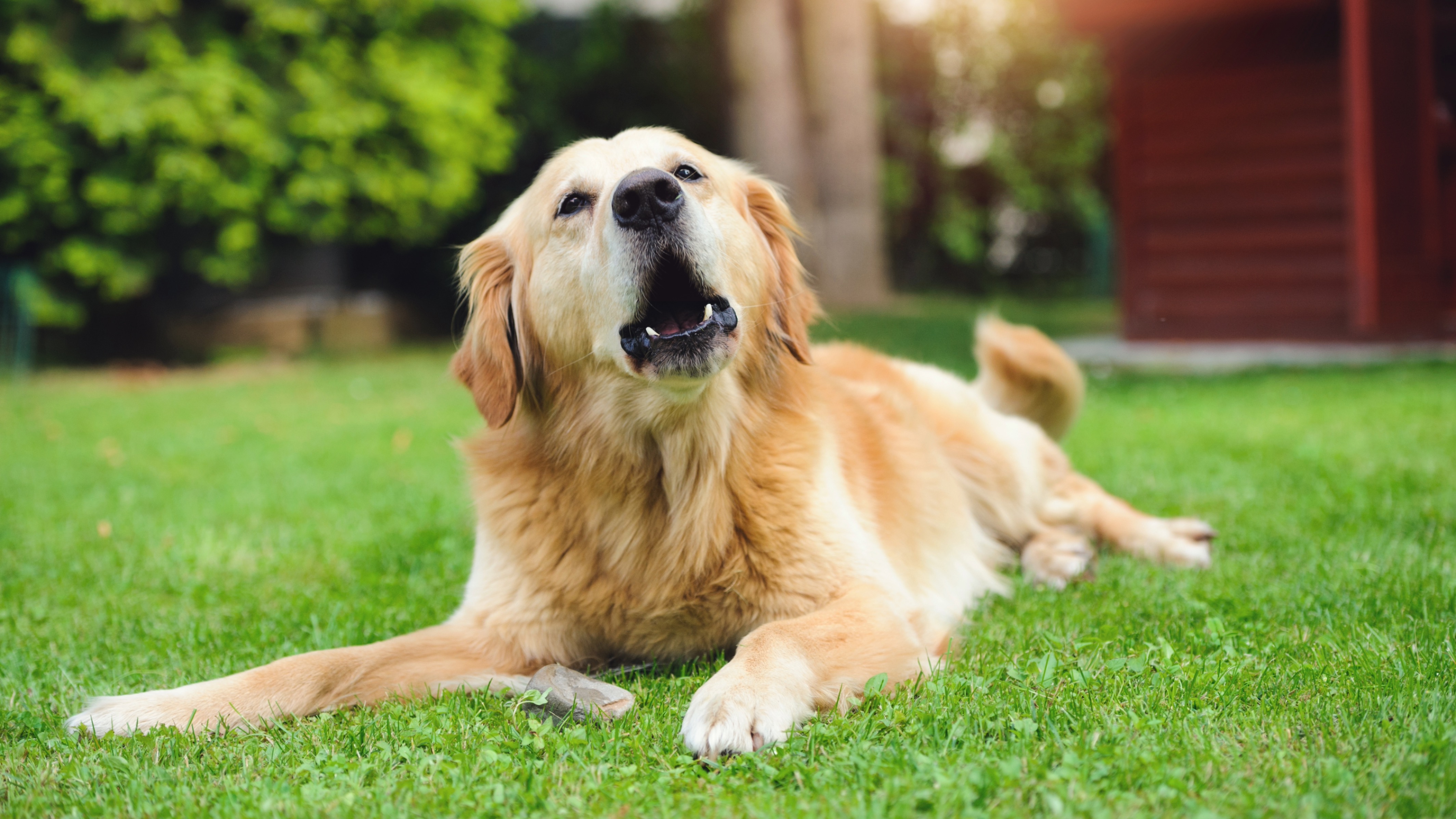
Have you ever blamed yourself for your dog's reactive behaviors? Perhaps you're the kind of pet parent who's always trying out every new training tool in the book to try to help your dog overcome their reactivity, only to find they continue to bark and lunge.
If this is you, it can be easy to think that you're getting something wrong. That if you only had more time, energy, and the best long lasting dog chews that money can buy, things would be different.
Please know that if you're giving yourself a hard time, it's really important that you understand that your dog's reactive behavior is not your fault. We're also not going to try and tell you that there's a quick fix for this sort of issue because there isn't.
But learning how to calm a reactive dog and begin to bring about positive changes in their behavior is possible — and it all comes down to understanding trigger stacking. In a recent Instagram post, expert trainer Nikki Mather explains what this is and why it matters, and getting to grips with this could be a real game changer.
To understand trigger stacking, Mather says it's important to first understand what your dog's coping threshold is and what their triggers are.
Mather defines your dog's coping threshold as "an emotional breaking point at which your dog is no longer able to cope with the level of fear, stress or arousal that they are feeling. This is different for every dog."
When your dog reaches their coping threshold, this is when you'll typically start to see reactive behaviors and an inability to listen and respond.
Mather says it can be helpful to imagine that your dog has an internal sink, and every time something good or bad happens (yes, triggers can be good too — we'll get to that in a moment!), their sink begins to fill. When the sink is full and about to overflow, this is when your dog's coping threshold has been reached.
While it's easy to think of a trigger as being bad (such as a trip to the vet, fireworks going off, new people, or a dog they're not sure about), good things can also trigger the body to go into a state of arousal (think going to the park, a game of tug, swimming, or excited children who want to pet your pup and play).
When you expose your dog to multiple triggers (be they positive or negative) one after the other, you end up engaging in what's known as trigger stacking. This can quickly lead to your dog going over their coping threshold, causing their sink to overflow.
Trigger stacking is largely responsible for what causes reactivity in dogs so one of the best things you can do to start seeing positive changes in your dog's behavior is to be aware of what their triggers are and to ensure that you keep them under their coping threshold.
Owning a reactive dog is hard, but behaviors like barking and lunging can be overcome with time. And you don't have to go it alone. We highly recommend reaching out to a professional trainer if you feel that you and your dog would benefit from some extra support.







